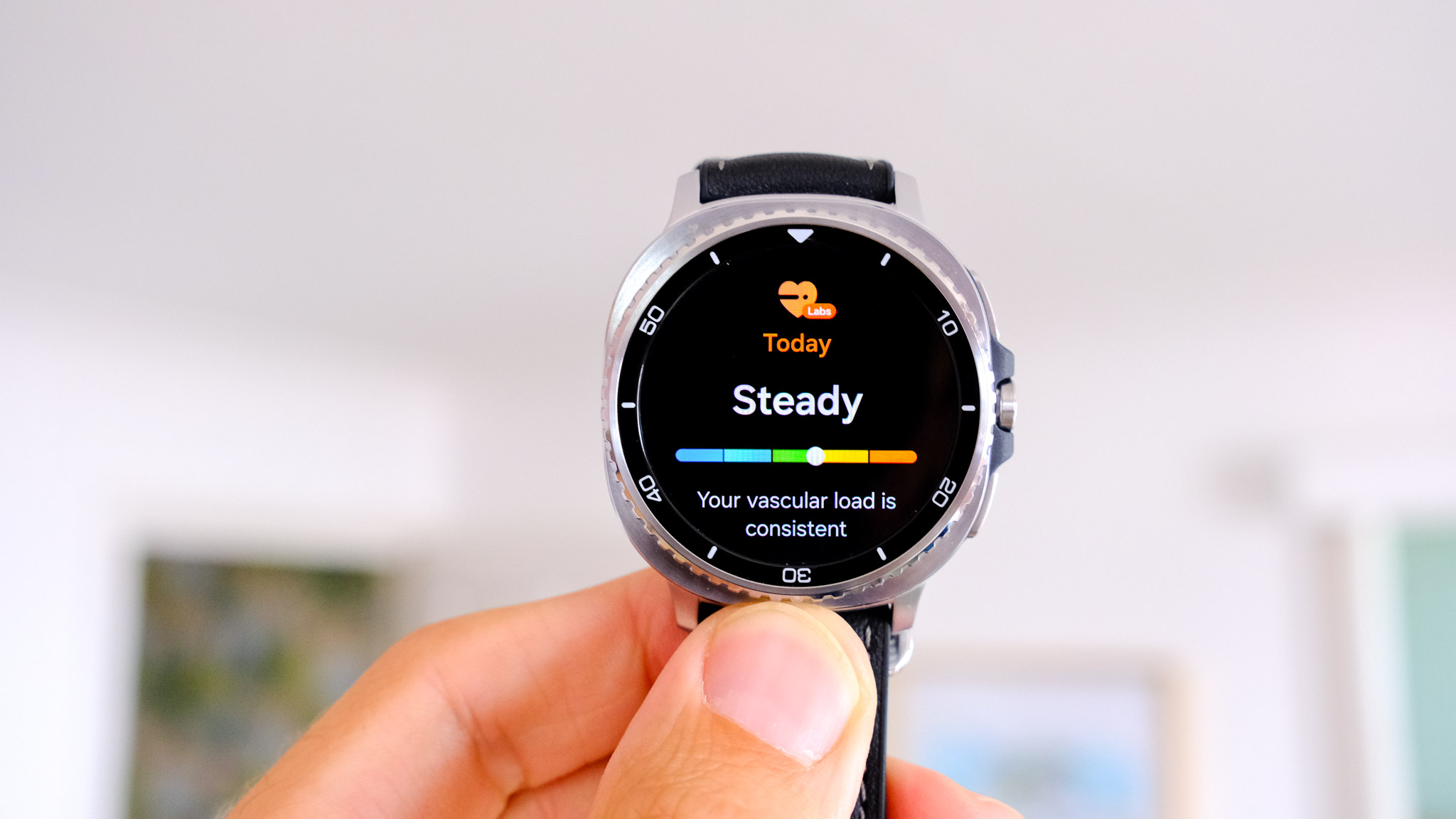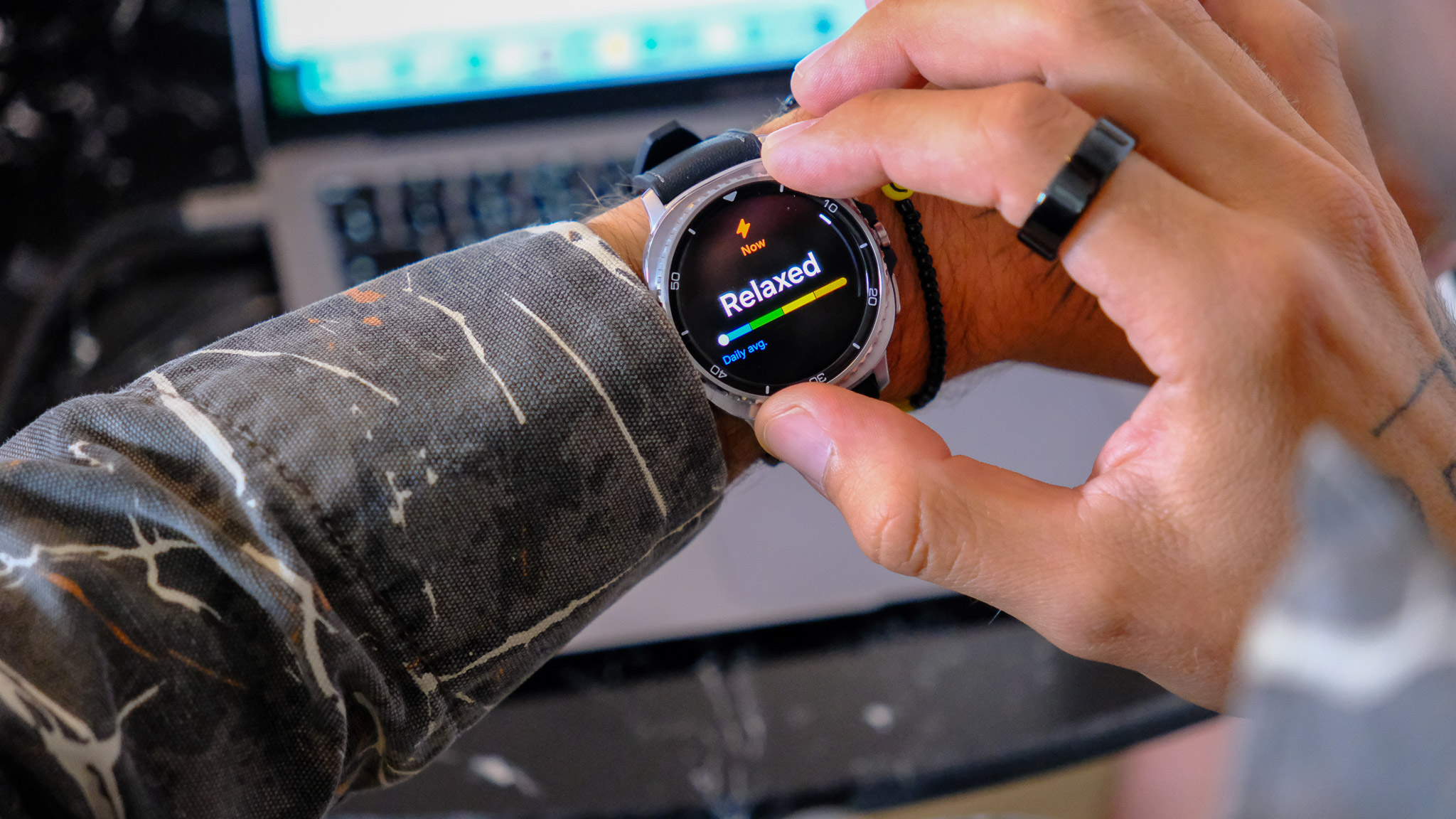This new Galaxy Watch feature asks more questions than it answers – but I'm curious
Samsung’s Vascular Load measurement promises to track cardiovascular stress while you sleep. Here’s what I’ve learned so far


My Galaxy Watch 8 Classic continues to entertain me. First, I was blown away by how good it felt on my wrist, then the Antioxidant Index made me slightly concerned. Now that I unlocked Vascular Load, I have yet more questions about the watch.
Vascular Load is one of the new features that were announced prior to the launch of Samsung's latest smartwatches. It takes three days to unlock; or, more like, three sleeps.
I dutifully wore the Galaxy Watch 8 Classic for the required number of nights, only to be met with a colour-coded result and a slightly vague explanation about how “my vascular load is consistent.”
Improved? Compared to what, exactly?
It turns out Vascular Load is Samsung’s latest addition to its suite of wellness metrics, arriving as part of One UI Watch 8 and Wear OS 6. It measures how much stress your cardiovascular system is under, based on how your blood vessels are functioning overnight.
It's not something you interact with actively, like a VO₂ max test or heart rate zone, but more of a passive pulse of how your circulatory system is coping with daily life.
The results sit on a five-point scale: Higher, Slightly higher, Steady, Slightly lower, and Lower, each reflecting how your vascular strain compares to your baseline.
Personalisation is important to note, as your baseline is unique to you, which is why it takes three nights for the watch to calibrate this. It's still a lot shorter than how long it is to find out what Sleep Animal you are.
Get all the latest news, reviews, deals and buying guides on gorgeous tech, home and active products from the T3 experts
(Un)charted territory
In practice, it feels a bit like Samsung’s answer to Garmin’s Body Battery or WHOOP’s Strain Score (see also: Whoop MG review), but with the numbers hidden.
Instead of seeing heart rate variability or recovery scores out in the open, which might confuse more casual users who opt for Samsung's watches, you're given a qualitative result.
It’s easy to understand, but the inner workings are opaque. What specific data is it using? Heart rate variability? Pulse wave velocity? Is it affected by blood pressure? Samsung doesn’t say.
My Vascular Load level, hovering between Steady and Slightly Higher, means that I'm pushing myself, but not to a level that would harm my cardiovascular system. At least I assume so.
That said, I like the intent. It nudges you to check in with your lifestyle: sleep, stress, diet, exercise. Samsung even suggests that factors such as sodium intake and alcohol consumption could impact your score.

Vascular Load is just one of the many health features on the Galaxy Watch 8 Classic
Of course, it’s not a medical tool, but it’s another signal in the background that might tell you something your step count won’t.
Would I plan my training or make big changes based solely on Vascular Load? Probably not. But I’m paying attention to it now.
It’s another piece of the puzzle, and in a sea of wearables that bombard you with data, there’s something refreshingly simple about a score that quietly suggests you’re doing alright, or that your system’s under pressure, even if you don’t feel it yet.
I'm still not 100% sure what it all means. But I’m curious enough to keep wearing the watch to bed and see what happens next.

Matt Kollat is a journalist and content creator who works for T3.com and its magazine counterpart as an Active Editor. His areas of expertise include wearables, drones, fitness equipment, nutrition and outdoor gear. He joined T3 in 2019. His byline appears in several publications, including Techradar and Fit&Well, and more. Matt also collaborated with other content creators (e.g. Garage Gym Reviews) and judged many awards, such as the European Specialist Sports Nutrition Alliance's ESSNawards. When he isn't working out, running or cycling, you'll find him roaming the countryside and trying out new podcasting and content creation equipment.
You must confirm your public display name before commenting
Please logout and then login again, you will then be prompted to enter your display name.